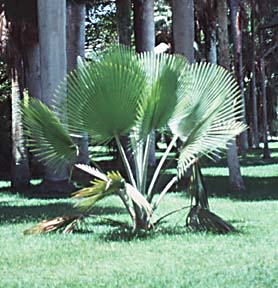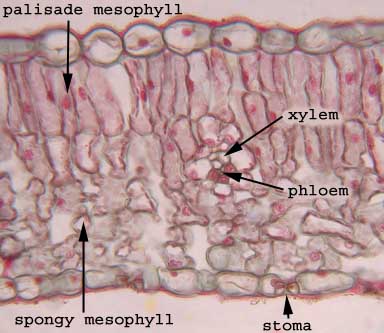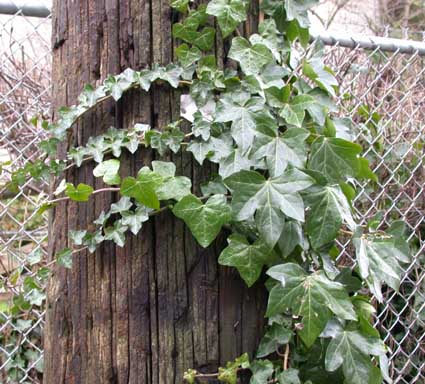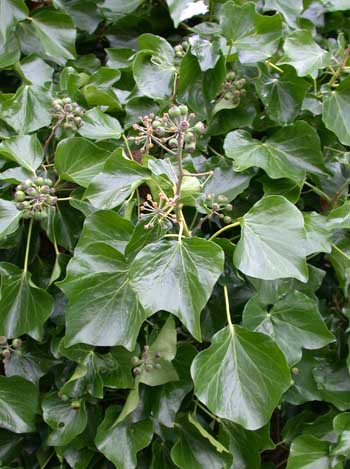LEAVES
Raven 7th p. 559-570
Raven 8th p. 592-604
Introduction
 Leaves come in a variety of shapes and sizes, but the basic structure is similar in all. Leaves on the same plant may vary in form depending on their immediate environment, for example, shade or sun; air or water, and they may also vary in form with the age of the plant, juvenile and mature leaves being distinctly different. Variations in leaf structure may be related to habitat and leaves are often classified as mesophytic (moderate habitats), xerophytic (arid habitats) or hydrophytic (wet or submerged habitats). Leaves often have epidermal appendages called TRICHOMES.
Leaves come in a variety of shapes and sizes, but the basic structure is similar in all. Leaves on the same plant may vary in form depending on their immediate environment, for example, shade or sun; air or water, and they may also vary in form with the age of the plant, juvenile and mature leaves being distinctly different. Variations in leaf structure may be related to habitat and leaves are often classified as mesophytic (moderate habitats), xerophytic (arid habitats) or hydrophytic (wet or submerged habitats). Leaves often have epidermal appendages called TRICHOMES.
Basic structure of the leaf blade.
Syringa (lilac)
As you examine these images note the following: upper epidermis; palisade mesophyll; spongy mesophyll; vascular bundles, with the xylem above the phloem; the thickened cells above and below the mid vein; and the lower epidermis with stomata and guard cells. Also see Raven 7th, p. 562, Fig. 25-20; 8th, p. 594, Fig. 25-21.
Variation in Leaf Blades due to environmental variables (Sun versus Shade Leaves)
 Variation in leaf blades often depends upon environmental variables. Leaves on the south side or outer layer of the tree crown (sun leaves) are often thicker, with a smaller blade area and more developed palisade layer (shown left) than the shade leaves on the north side or inside of the crown. The sun leaves are generally more xeromorphic than the shade leaves.
Variation in leaf blades often depends upon environmental variables. Leaves on the south side or outer layer of the tree crown (sun leaves) are often thicker, with a smaller blade area and more developed palisade layer (shown left) than the shade leaves on the north side or inside of the crown. The sun leaves are generally more xeromorphic than the shade leaves.
Shade leaves (right) are generally larger with a thinner palisade layer. The differences between sun and shade leaves may not be due simply to light intensity; it is probable that water relations also have some effect.
Variation in Leaf Blades due to Maturity of the Plant
This is a picture of Hedera (English ivy). You are probably familiar with the shape of its leaves with their five lobes. This is actually the ‘juvenile” phase of the plant.
These are the leaves of the reproductive plant. They are more or less unlobed.
As we have mentioned, many plants are adapted to particular habitats. Adaptations are often determined by the amount of water available to the plant. For example, a plant which shows adaptations to a dry habitat is said to be xerophytic. These adaptations are most often reflected in the anatomy of the leaf, as you will see by the following examples:
MESOPHYTES (there is no shortage of available water)
XEROPHYTES (dry habitat)
HYDROPHYTES (lots of water)
TRICHOMES
LEAF MODIFICATIONS
Interesting use of the water hyacinth in China and Thailand




